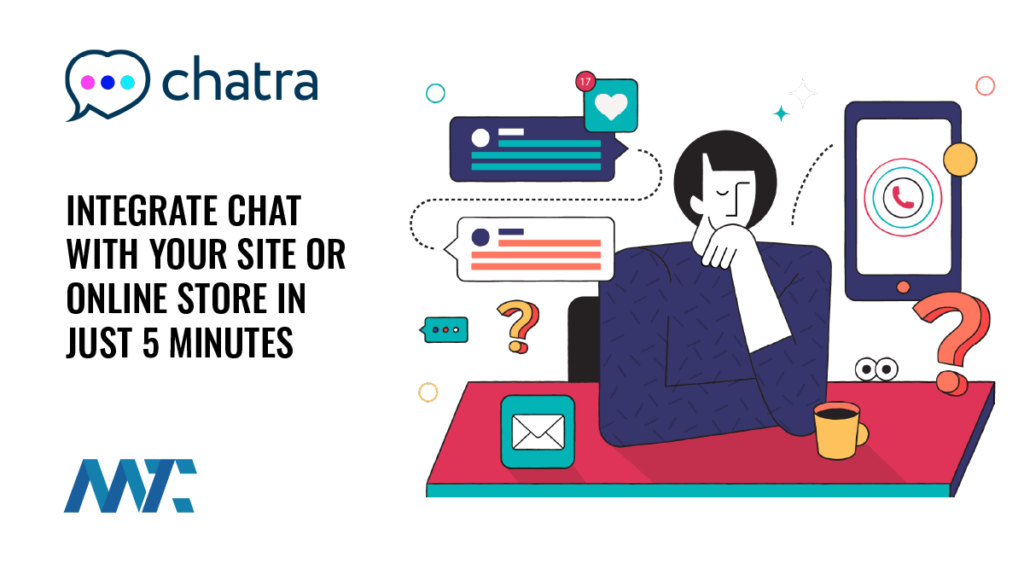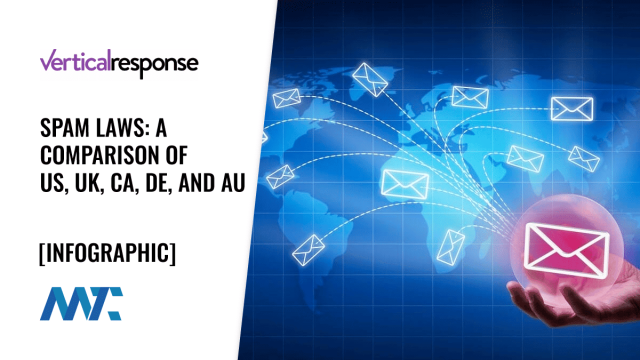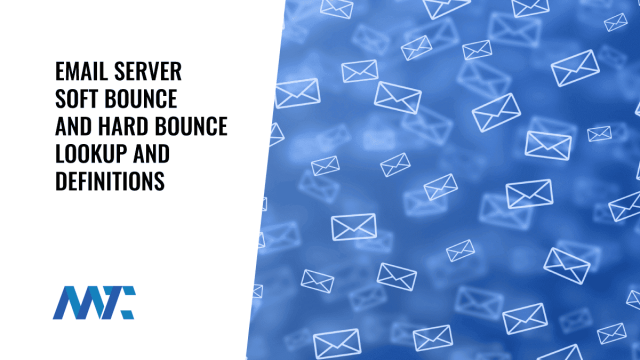Email Still Sucks… 50 Years Later

Email is one of the oldest technologies still shaping how we communicate online. Born in the early days of the internet, it has connected billions of people, transformed businesses, and sparked an entire industry of platforms, tools, and specialists dedicated to getting a message from one inbox to another.
Yet, despite all of its history and the layers of innovation that have been piled onto it, email still feels broken. Spam dominates.
Around 45.6% of all global email traffic was spam, equating to 160 billion spam messages every day.
Email Tool Tester
Legitimate senders face endless hurdles. Inboxes remain clumsy and poorly organized. And perhaps most frustrating of all, the very rules meant to protect recipients often punish the good guys while the worst offenders continue to thrive. If you’ve ever looked at your inbox in despair, you’re not alone. Email, after fifty years, still sucks.
The Origins of Email
The history of email begins in 1971, when computer engineer Ray Tomlinson sent the first digital message across ARPANET, the precursor to today’s internet. His clever use of the @ symbol to separate a user from a host machine became the backbone of addressing email, a standard that has survived every wave of technological change since.
At first, email was a simple way for researchers and technologists to leave notes for one another. It was functional, lightweight, and unassuming. Over the following decades, however, email’s role expanded. By the 1990s, it had moved beyond academic circles and into households and offices around the world, carried by inbox providers like AOL, Hotmail, and Yahoo Mail.
As technology advanced, so did the design of email. Messages were no longer restricted to plain text. The introduction of HTML email allowed marketers and publishers to format messages with fonts, colors, and images, transforming email into a storytelling and selling channel. More recently, dark mode gave users a way to shift their visual experience, reducing eye strain and modernizing the look of messages.
These innovations have all been cosmetic, never addressing the larger issue: email has always been vulnerable to abuse, and the core structure of inboxes has barely evolved since Tomlinson’s day.
Authentication Efforts
As spam and phishing exploded in the early 2000s, the email industry responded with a series of authentication protocols designed to verify identity and protect recipients. Each was meant to plug a hole in the system, but none solved the larger usability crisis.
- SPF (Sender Policy Framework): A system that allows domain owners to publish which mail servers are authorized to send messages on their behalf. The goal was to stop bad actors from impersonating trusted domains.
- DKIM (DomainKeys Identified Mail): A method for adding a cryptographic signature to email headers so recipients could confirm the message had not been tampered with during transit.
- DMARC (Domain-based Message Authentication, Reporting, and Conformance): A framework that builds on SPF and DKIM, letting senders tell receiving mail systems what to do with suspicious messages and providing visibility through detailed reports.
- BIMI (Brand Indicators for Message Identification): The newest layer, which ties strict DMARC enforcement to branding by allowing verified logos to appear alongside messages in the inbox.
These tools improved security and gave senders more control over how their mail was handled, but they did not reduce the staggering amount of junk filling inboxes.
Phishing accounted for 1.2% of all email traffic, roughly 4 billion phishing emails per day.
Keepnet
Even with this armor in place, almost half of the world’s email traffic is unwanted noise.
Why Good Senders Get Punished
The irony of modern email is that those who play by the rules often suffer the most, while bad actors continue to prosper. The problem lies in a fundamental disconnect: permissions are managed by Email Service Providers (ESPs), not Internet Service Providers (ISPs). This means that the responsibility for confirming whether a recipient has opted in to communication lies with the company sending the email, not the inbox receiving it.
- Permission gap: There is no universal authority to enforce whether an email is truly invited. ESPs implement opt-in practices differently, and ISPs rarely confirm whether a message is wanted. As a result, inboxes are still flooded with unwanted emails from recipients who never asked for them.
- Cheap spam economics: For spammers, the equation is simple. Emails cost almost nothing to send. With scraping tools, purchased lists, or even random guesswork, a spammer can deliver millions of emails for pennies. Even if a fraction of a percent responds, it is enough to make the effort profitable.
- Punished good actors: Businesses that invest in ethical practices—double opt-ins, authentication, transparent unsubscribes—still face spam filters, throttling, and lower deliverability. They operate at a disadvantage while those ignoring the rules blast out messages freely.
This dynamic explains why inboxes remain overrun. Spam is a business model. It is cheap, effective, and profitable. Until permission is reconsidered at the ISP level, good senders will continue to be punished.
The Rise of Slack and Other Escape Routes
The inadequacy of email has created an opportunity for other platforms. Tools like Slack, Microsoft Teams, and Discord have surged in popularity because they offer something email cannot: clarity. Inside these systems, every message is from someone you work with or an organization you have chosen to join. There is no spam, no bought lists, no phishing.
- Real-time connection: Messages in Slack or Teams are instant and conversational, fostering collaboration without the friction of formal email.
- Trusted network: Communication happens only with coworkers, teams, or invited groups, eliminating the chaos of strangers filling your inbox.
- Organized communication: Channels and threads keep topics separate, allowing for structured discussions that email cannot replicate.
For many organizations, internal communication has migrated almost entirely away from email. The inbox is now reserved for outside contacts, customer messages, and subscriptions, while the actual heartbeat of the company lives elsewhere.
Inbox Design is Still Dumb
One of the most shocking aspects of email is how little the inbox itself has evolved. Most people still rely on basic categories like primary, promotions, or spam. These filters catch some unwanted messages, but they do not address the real need: context and intent. For example, a marketer’s carefully crafted newsletter may be shoved into promotions alongside irrelevant junk, while an important client response can get buried under notifications from services you barely use.
Despite the rise of artificial intelligence (AI) in almost every other corner of technology, inboxes remain astonishingly unintelligent. They do not learn from patterns of communication. They do not prioritize based on relationships or history. They do not flag conversations that are waiting for your reply. Instead, users are left with the daily ritual of sifting, deleting, and hoping they did not overlook something important. It is a broken user experience that technology should have solved years ago.
The saddest part is that building a truly intelligent inbox is not an impossible dream. With AI, natural language processing, and modern UX design, we could replace the current chaos with a system that actually reflects human communication. Imagine four simple, dynamic folders:
- Regular contacts: People and companies you consistently engage with.
- Waiting on me: Messages that require your reply and remain unresolved to known contacts.
- Waiting on them: Messages where you are waiting for someone else to respond.
- Subscriptions: Newsletters, updates, and content you have deliberately chosen to receive.
The rest can be dumped into a junk folder. That would include unknown senders that I have no relationship with or any email with a subscription that I’ve confirmed.
This structure mirrors the natural rhythm of conversation and responsibility. It reduces the noise and highlights what actually matters. In an age where AI is sophisticated enough to write novels and drive cars, it seems absurd that inboxes are still so primitive.
The Hard Truth
Email was supposed to be the great connector. Instead, it has become a daily burden. Nearly half of all global email traffic is spam, and billions of phishing emails continue to find their way into inboxes every single day. Spammers thrive because the economics are stacked in their favor, while responsible businesses face barriers at every turn. Meanwhile, inbox design has barely improved, and companies are fleeing to Slack and similar tools to escape the mess.
Until we fundamentally rethink permissions, enforce accountability at the ISP level, and bring intelligence into inbox design, the reality will not change. Email remains an essential tool, but also a deeply flawed one. After fifty years of patchwork fixes and surface-level improvements, the conclusion is simple.
Email still sucks.







